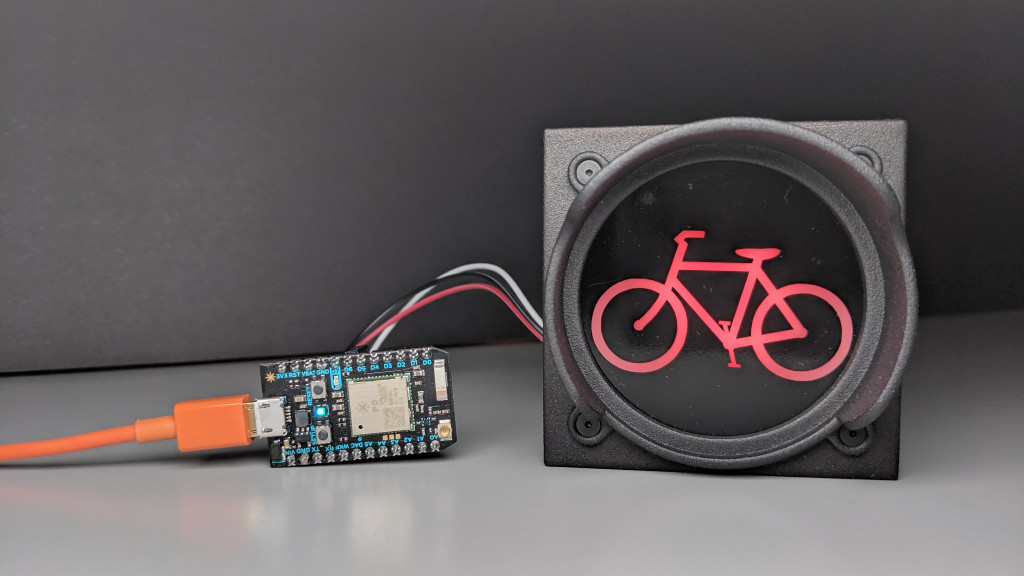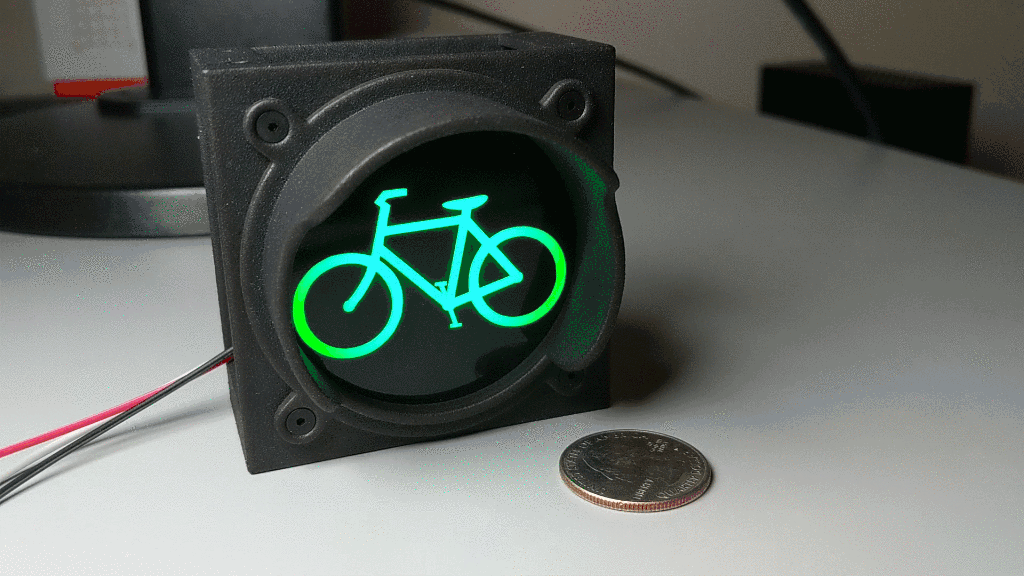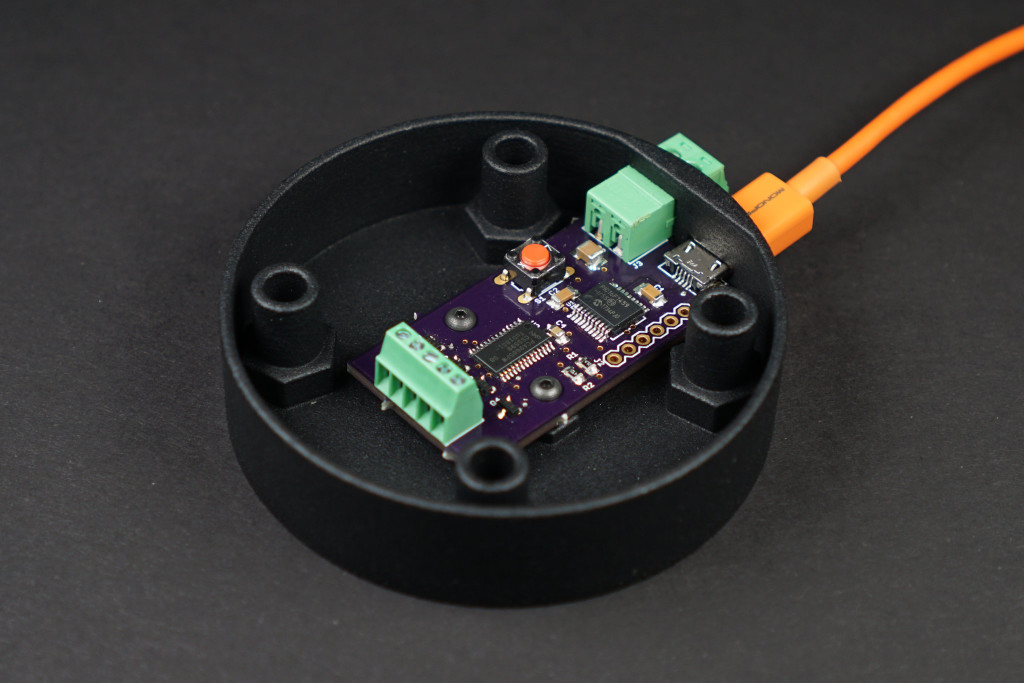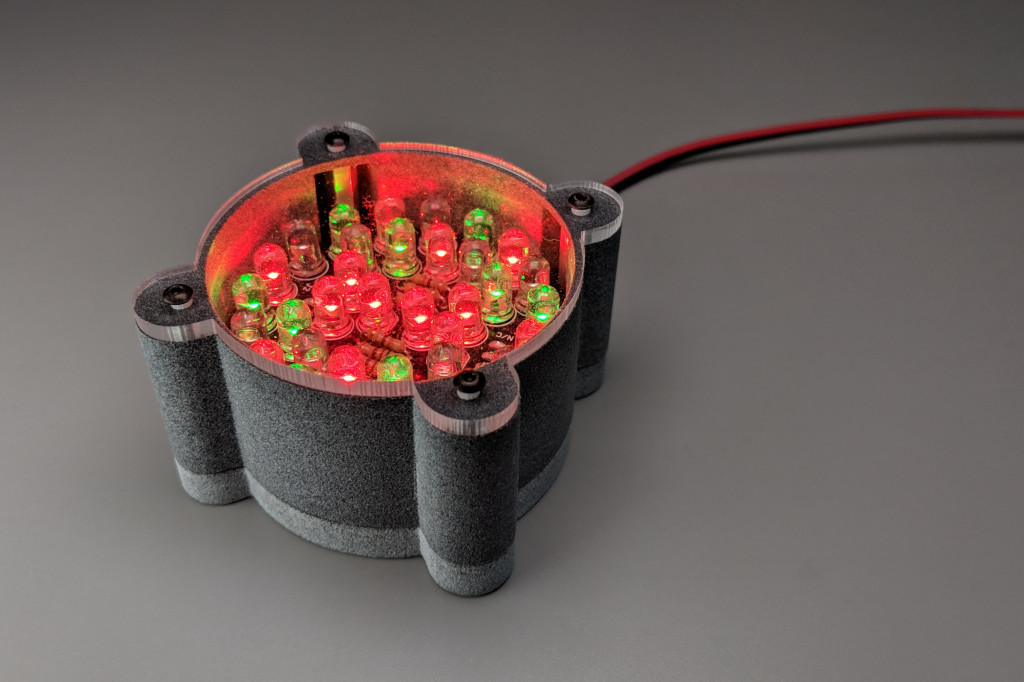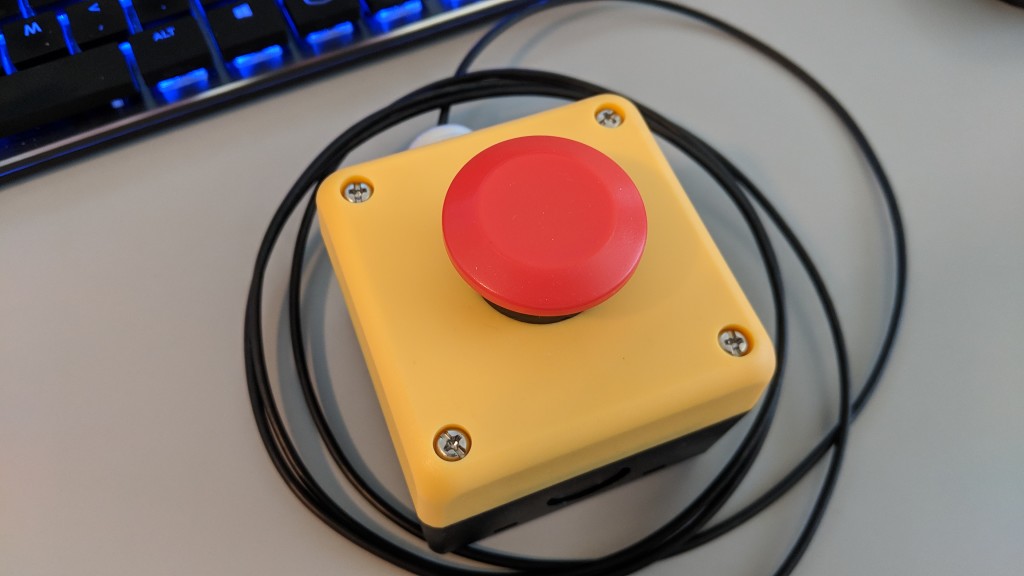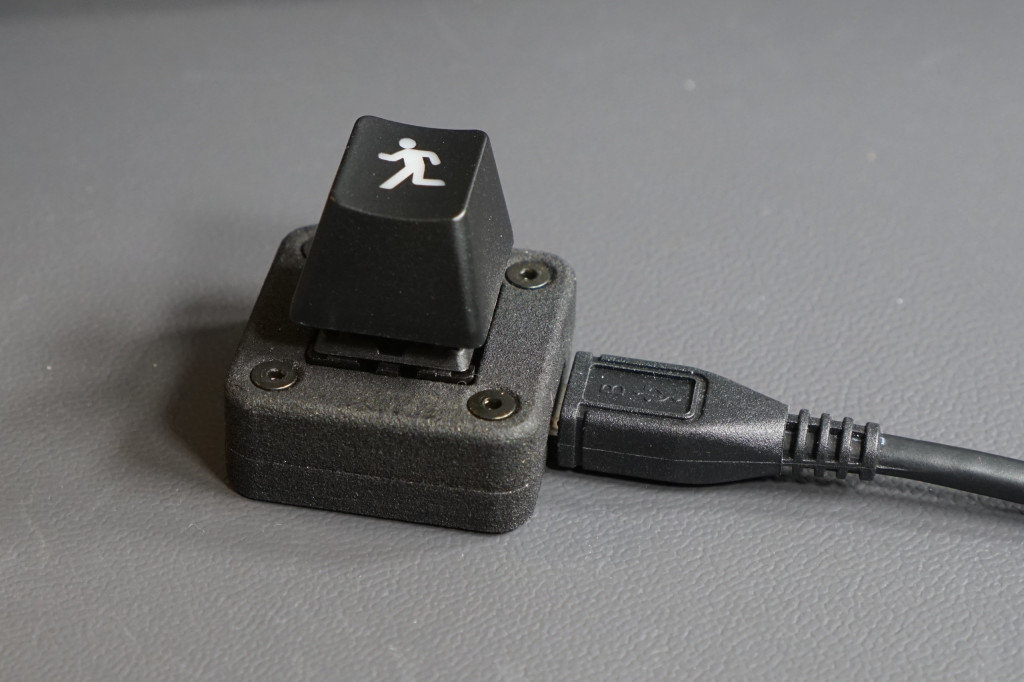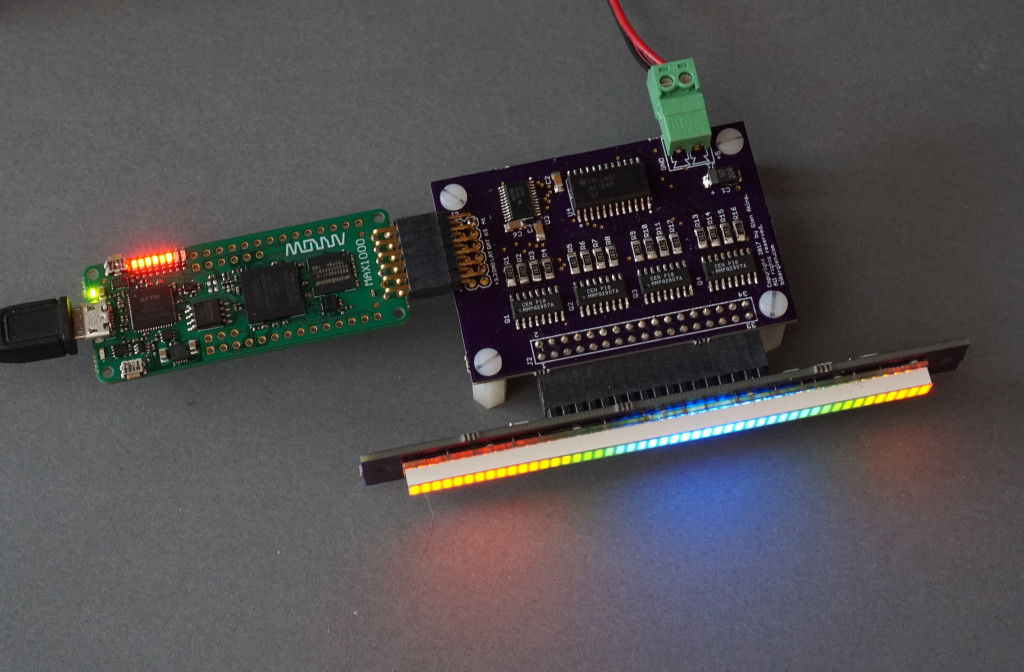In the first post in this series, we built a miniature LED bicycle traffic signal using 3D printing, laser cutting, a sticker, and an Adafruit Neopixel Jewel. In this post, we’ll look at bringing the signal to life using a Particle Photon. We’ll start with basic code to blink the traffic signal green, yellow, and red then add code to control the color over the web using the Particle Cloud or locally using an iPad and the Art-Net protocol.
Pinned Posts
-
Recent Posts
Recent Comments
Archives
- April 2024
- January 2024
- December 2023
- November 2023
- June 2023
- May 2023
- February 2023
- January 2023
- December 2022
- November 2022
- January 2022
- August 2021
- May 2021
- February 2021
- December 2020
- November 2020
- June 2020
- April 2020
- March 2020
- February 2020
- January 2020
- December 2019
- November 2019
- October 2019
- September 2019
- June 2019
- May 2019
- April 2019
- March 2019
- May 2018
- April 2018
- March 2018
- February 2018
- October 2017
- July 2017
- April 2017
- May 2015
- April 2015
- June 2014
- May 2014
- April 2014
- July 2012
Categories
- 3D CAD/CAM
- 3D Printing
- Arduino
- BeagleBone Black
- CNC Milling
- DMX / Art-Net
- Ethernet
- FPGA
- Fusion 360
- LED Matrix
- Lighting
- Machine Vision
- Matlab
- Microchip
- PIC18
- PIC24
- Power over Ethernet (PoE)
- RGB LED
- Robotics
- SAMD21
- SketchUp
- Teardowns
- Trailview
- Trailview Software
- Uncategorized
- USB
- USB Human Interface Device (HID)
Meta

